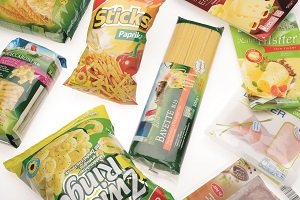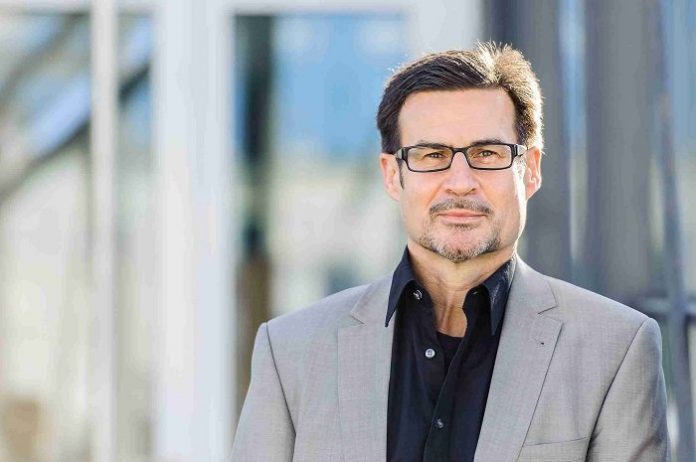Dr. Dreher, can you tell us about some of the latest trends in package printing?
If we look at the package printing market – particularly the flexo segment – we see currents moving in a number of directions. For instance, there are trends toward thinner substrates and substrates with a matte finish.
How does a thinner substrate affect the printing process?
While it does lower material costs, a thinner substrate also presents certain challenges that have to be solved by the printing technology. With their ability to get good results on very thin and elastic substrates, central impression (CI) flexographic presses are often a good match for this.
And what challenges are posed by a matte finish?
A matte finish can be both a means of differentiation and a way to convey an image of sustainability. However, these materials are more delicate to process than glossy substrates, because even a minor disturbance could cause an abrasion that produces an unsightly shiny spot. We’re able to deal with that fairly well by printing on film with CI flexo presses, because there is relatively low risk of damaging the front of the substrate with guide elements in the press.
Sounds like flexo is ready for the future. What reasons are there for still using gravure?
Something that’s popular right now is laminated composite film printed with a combination of matte finish and design elements to give it a particularly elegant look. To accomplish that, the matte finish has to be precisely aligned with the other printed layers in the composite. Gravure printing has had to deal with this for a long time and is well prepared for it, which is hardly the case with flexo. So, naturally, it would be nice to see more flexo presses being equipped accordingly in the future.
Traditionally, print quality has been the main argument for gravure and digital. Is that still thecase?
These days there are very few remaining reasons you would choose gravure over flexo for film printing – and print quality is not one of them. Even with corrugated board, flexo has made such great progress that – if someone does choose offset instead – they’re not doing it for reasons of quality With regard to digital printing, the thing is that you generally want to minimize packaging customizations so that you tie up less capital and maintain flexibility.
Flexo is in a good position here, but does have to compete with digital.
What reasons are there for explicitly choosing flexography?
 Flexography is the only printing segment still developing screens, so it also offers the broadest selection with regard to dot shapes, offset angles and methods of dot gain compensation. After a long period where it seemed in feasible, frequency-modulated screening is also making a comeback – and is once again producing spectacular results.
Flexography is the only printing segment still developing screens, so it also offers the broadest selection with regard to dot shapes, offset angles and methods of dot gain compensation. After a long period where it seemed in feasible, frequency-modulated screening is also making a comeback – and is once again producing spectacular results.
Screen rulings are growing finer and finer. There are already large-format film printers using screens with 100 lines per inch as standard. However, once you get beyond the threshold that the human eye is able to resolve, a finer screen ruling no longer improves print quality.
Are there differences or limitations to the colors that can be printed?
Like most other package printing techniques except for digital, the common practice is to print in CMYK+X. While the “+X” does help match corporate colors more accurately, it also presents new challenges. These are increasingly being dealt with by using a fixed color set. Some are using – or at least exploring – seven-color printing, while others have already implemented four-color, or 4C, printing.
The latter has been made possible by advances in the flexo process that allow it to produce vibrant colors that not long ago were unimaginable. Today it’s possible to create intensely colorful images with only four process colors.
What does the future hold for flexography?
These are dynamic times for package printing in general – and no less so for flexography. Some of the resulting challenges are easier to overcome than others, but overall, flexo technology is in a very strong position and has the absolute best prospects for the future.
Great, thanks for your time!











